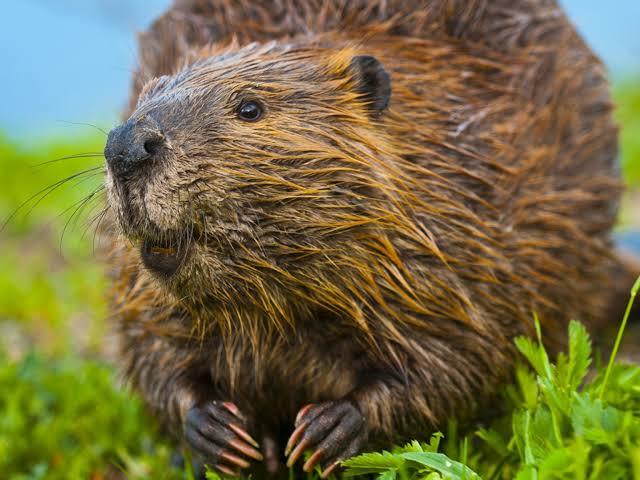The Vanilla Flavoring
The vanilla flavoring in a baked good or a candy could come from the anal excretions of beavers.
Beaver butts secrete a goo called castoreum, which the animals use to mark their territory. The U.S. Food and Drug Administration lists castoreum as a “generally regarded as safe” additive, and manufacturers have been using it extensively in perfumes and foods for at least 80 years, according to a 2007 study in the International Journal of Toxicology.
Castoreum is a chemical compound that mostly comes from a beaver’s castor sacs, which are located between the pelvis and the base of the tail. Because of its proximity to the anal glands, castoreum is often a combination of castor gland secretions, anal gland secretions, and urine.
The fragrant, brown slime is about the consistency of molasses, though not quite as thick. While most anal secretions stink, due to odor-producing bacteria in the gut, this chemical compound is a product of the beaver’s unique diet of leaves and bark. Instead of smelling icky, castoreum has a musky, vanilla scent, which is why food scientists like to incorporate it in recipes.
Source: Ultimate Facts
🖼️@https://kids.nationalgeographic.com/animals/mammals/facts/beaver
The vanilla flavoring in a baked good or a candy could come from the anal excretions of beavers.
Beaver butts secrete a goo called castoreum, which the animals use to mark their territory. The U.S. Food and Drug Administration lists castoreum as a “generally regarded as safe” additive, and manufacturers have been using it extensively in perfumes and foods for at least 80 years, according to a 2007 study in the International Journal of Toxicology.
Castoreum is a chemical compound that mostly comes from a beaver’s castor sacs, which are located between the pelvis and the base of the tail. Because of its proximity to the anal glands, castoreum is often a combination of castor gland secretions, anal gland secretions, and urine.
The fragrant, brown slime is about the consistency of molasses, though not quite as thick. While most anal secretions stink, due to odor-producing bacteria in the gut, this chemical compound is a product of the beaver’s unique diet of leaves and bark. Instead of smelling icky, castoreum has a musky, vanilla scent, which is why food scientists like to incorporate it in recipes.
Source: Ultimate Facts
🖼️@https://kids.nationalgeographic.com/animals/mammals/facts/beaver
0 Comments
1 Shares
564 Views
0 Reviews



